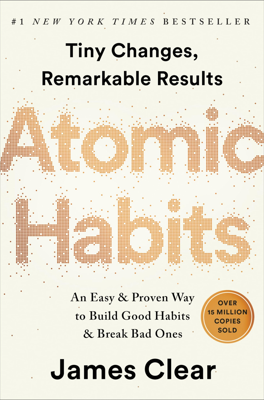The 1st Law: Make It Obvious
Psychologist Gary Klein's story about the paramedic who sensed her father-in-law's impending heart attack underscores the human brain's ability to detect patterns unconsciously. This ability extends across various fields, with military analysts, museum curators, and radiologists also demonstrating remarkable pattern recognition without explicit conscious awareness. The brain's prediction capabilities and automatic encoding of lessons from repeated experiences form the foundation for habits.
Habits often operate without conscious awareness, making them both useful and dangerous. Automatic habits can sneak in unnoticed, affecting our actions before we realize it. To better manage and change habits, it's crucial to start with awareness.
The Habits Scorecard: This exercise aims to heighten awareness of daily habits. By listing daily behaviors and categorizing them as good, bad, or neutral, individuals can identify patterns without immediate judgment or change. The scorecard helps cast each habit as a vote for or against the desired identity.
Pointing-and-Calling: This technique, inspired by Japanese train conductors, involves verbalizing actions to raise awareness and reduce errors. For example, calling out steps or tasks out loud can make individuals more mindful and less likely to engage in automatic, possibly detrimental behaviors.
Key Takeaways: - Habits can develop and function without conscious cues. - Initial awareness is essential for changing habits. - Pointing-and-Calling and the Habits Scorecard are practical techniques to enhance awareness and initiate behavior change. - Observing habits impartially can provide insights without immediate pressure to change.
